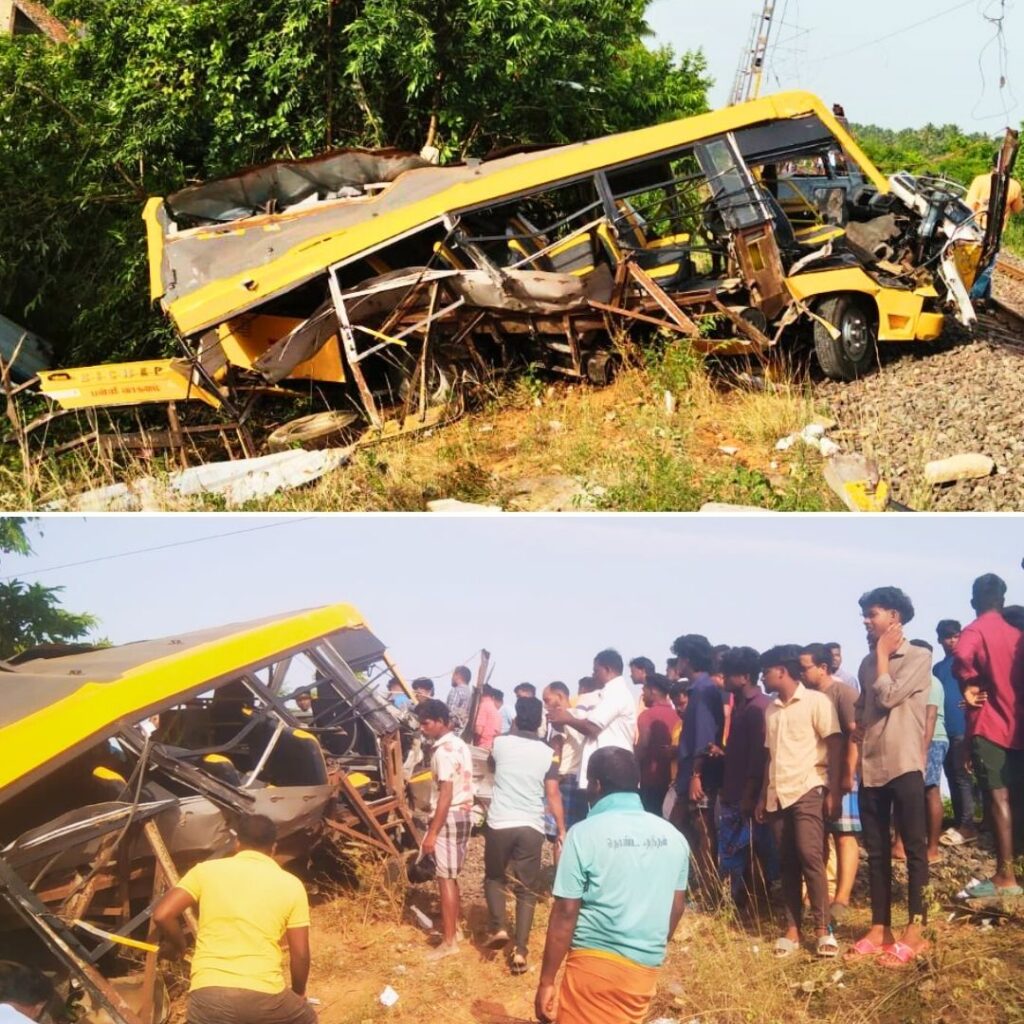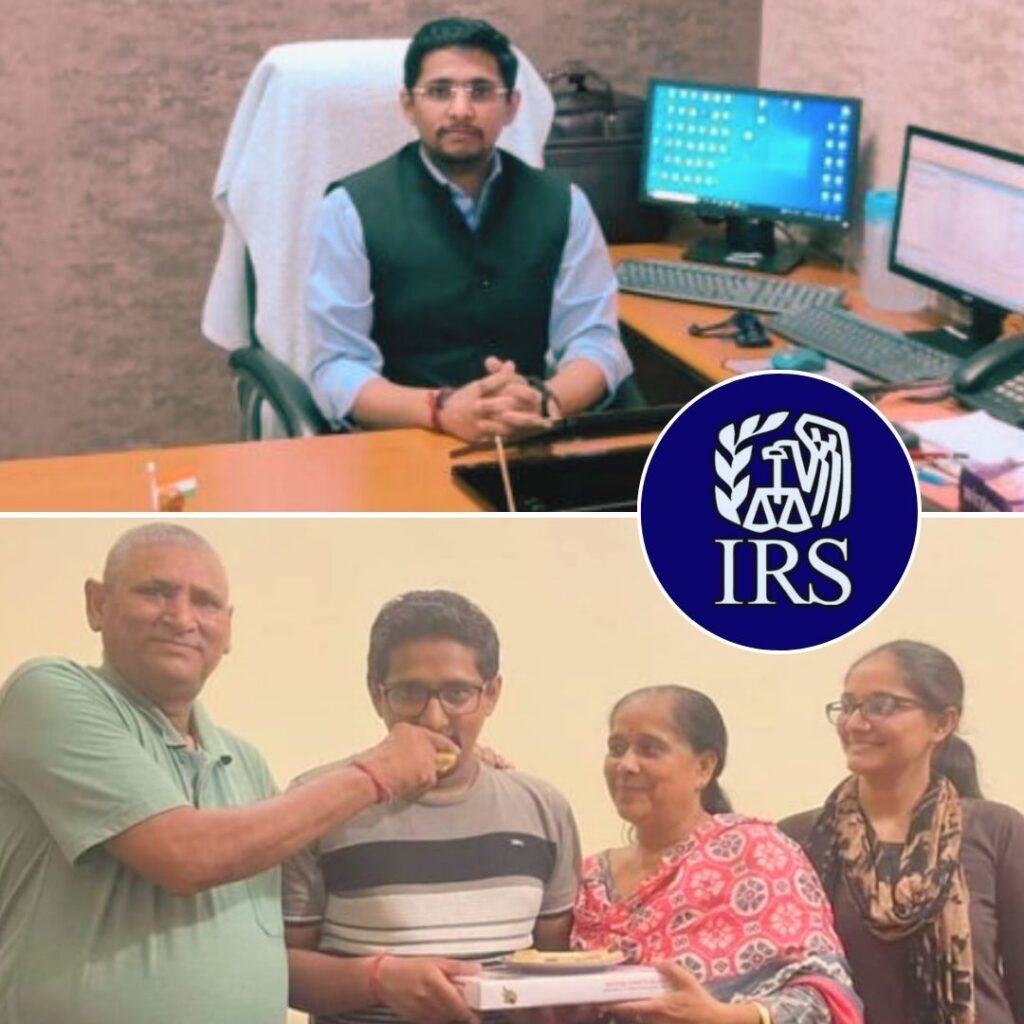According to a recent report by the World Health Organisation (WHO), more than 3000 adolescents die every day, and overall 1.2 million deaths a year. In 2015, more than two-thirds of these deaths occurred in low- and middle-income countries in Africa and South-East Asia. However, mortality rates are low in adolescents compared with other age groups and have slightly declined in the past decade.
Globally, the leading causes of death among adolescents are road injury, pregnancy complications, HIV, suicide, lower respiratory infections, and interpersonal violence. HIV-related deaths are estimated to have increased since 2000, although these estimates have considerable uncertainty.
The entire report can be accessed here.
A vulnerable population
Young teens often take bold decisions, including caring for siblings or working and may be compelled to drop out of school, marry early, or engage in transactional sex to meet their basic survival needs. As a result, they suffer malnutrition, unintentional injuries, pregnancies, diarrhoeal diseases, sexual violence, sexually transmitted infections, and mental health issues.
Causes of death. WHO
Road traffic injuries are the number one cause of death among young boys aged 15–19 years. 2 out of 3 adolescent deaths occur in Africa and South-East Asia. The African Region has the highest rates of disability-adjusted life years among adolescents.
Lower respiratory infections, pregnancy, and childbirth complications are the leading cause of death for 15-19-year-old girls.
Suicide is the third cause of death for adolescents, which is largely preventable.
Most of these deaths can be prevented by providing good health services, education, and social support. But in many cases, adolescents who suffer from mental health disorders, substance use, or poor nutrition cannot obtain critical prevention and care services – either because the services do not exist, or because they do not know about them.
Additionally, many habits that impact health later in life, such as physical inactivity, poor diet, and risky sexual health behaviours, begin in adolescence.
“Adolescents have been absent from national health plans for decades,” says Dr Flavia Bustreo, Assistant Director-General, WHO. “Relatively small investments focused on adolescents now will not only result in healthy and empowered adults who thrive and contribute positively to their communities, but it will also result in healthier future generations, yielding enormous returns,” she said.
Regional highlights 1 of every 3 deaths among adolescent males the Americas Region is due to interpersonal violence. 1 of every 5 deaths among adolescents in high-income countries is due to road traffic injuries. 1 of every 5 deaths among adolescent males the Eastern Mediterranean Region is due to war and conflicts. 1 of every 6 deaths among adolescent females in the South-East Asia Region is due to suicide. 1 of every 6 deaths among adolescents in the African Region is due to HIV. Road injuries top cause of death of adolescents, disproportionately affecting boys
In 2015, road injuries were the leading cause of adolescent death among 10–19-year-olds, resulting in approximately 115 000 adolescent deaths. Most young people killed in road crashes are vulnerable road users such as pedestrians, cyclists and motorcyclists.
As per WHO data, road traffic mortality rate (per 100 000 populations) is 16.6 for India where other south Asian countries like Maldives, Bangladesh and Bhutan have a lesser road traffic mortality rate than India.
According to Indian government data, total numbers of road accidents in India were 406,726 in 2004 and 497,686 in 2011. Top three states with the highest number of road accidents were Maharashtra, Tamil Nadu and Madhya Pradesh.
Lower respiratory infections and pregnancy complications take toll on girls’ health
The leading cause of death for younger adolescent girls aged 10–14 years are lower respiratory infections, such as pneumonia – often a result of indoor air pollution from cooking with dirty fuels. Another leading cause of death among 15–19-year-old girls is pregnancy complication, such as haemorrhage, sepsis, obstructed labour, and complications from unsafe abortions.
When we compare the India’s maternal mortality ratio (per 100 000 live births) with its South Asian peers, India maternal mortality ratio is 174 where Sri Lanka and Bhutan have 30 and 148 respectively.
WHO data shows that 12 million people were affected by Chronic Obstructive Pulmonary Disease (COPD) in India. Recent studies show a prevalence of respiratory symptoms in 6%– 7% of non-smokers and up to 14% of smokers.
Adolescents are at very high risk of self-harm and suicide Suicide and accidental death from self-harm were the third cause of adolescent mortality in 2015, resulting in an estimated 67 000 deaths worldwide. Self-harm largely occurs among older adolescents, and globally it is the second …











